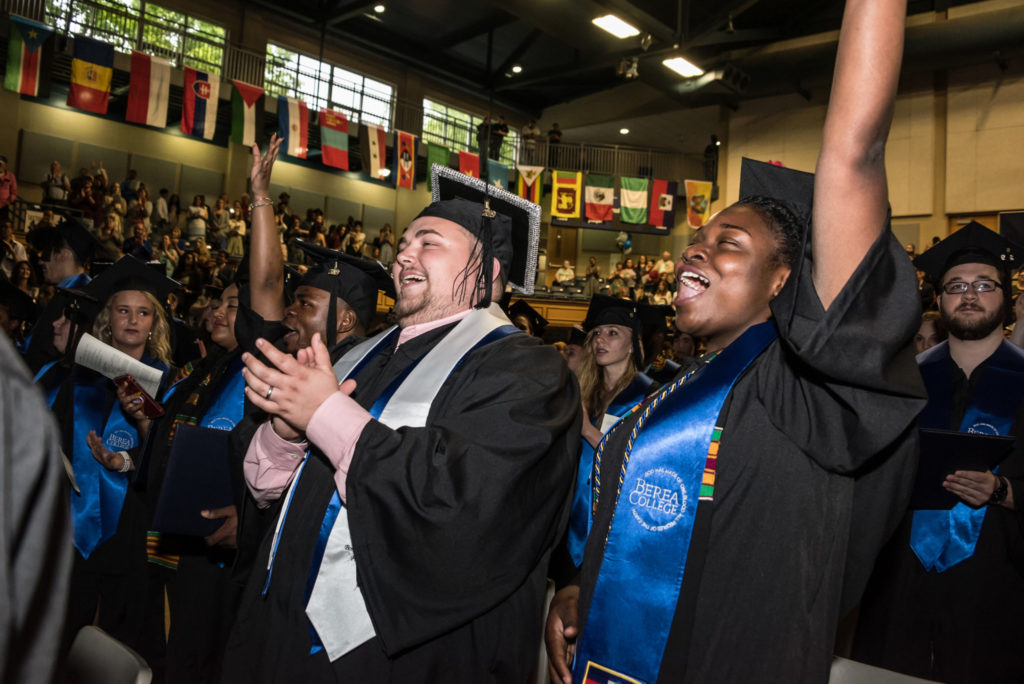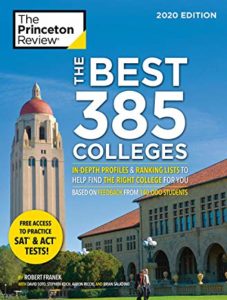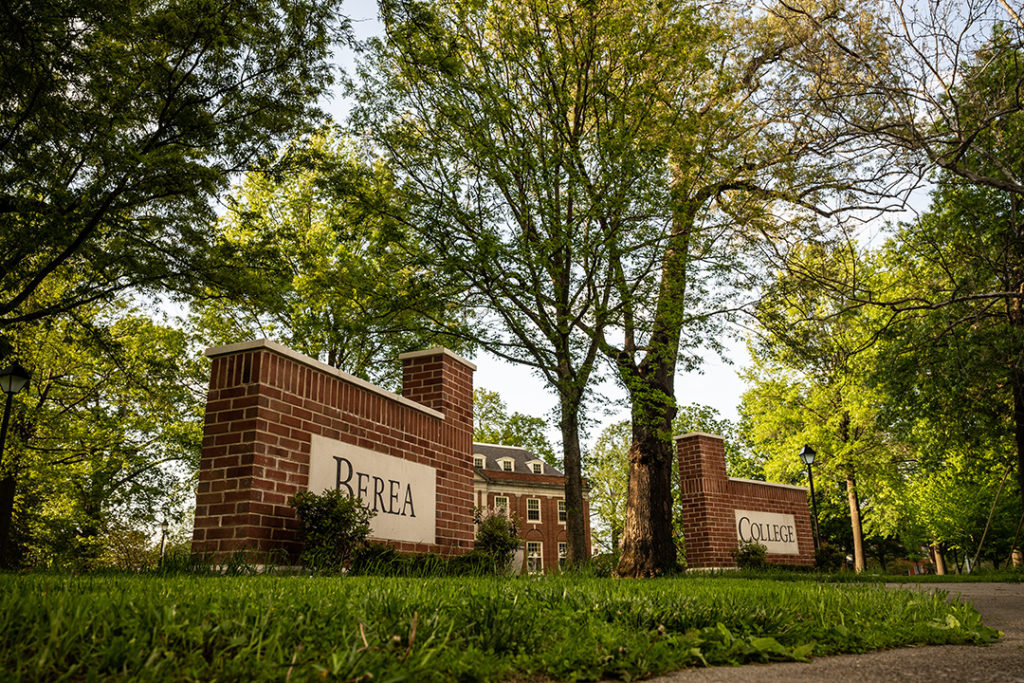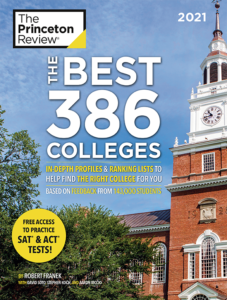
(Photo: Crystal Wylie ’05)
 The Princeton Review has once again included Berea College in its just-released publication of The Best 385 Colleges: 2020 Edition.
The Princeton Review has once again included Berea College in its just-released publication of The Best 385 Colleges: 2020 Edition.
Berea is nationally recognized for its high-quality education and its distinctive labor program, which hires every admitted student to help operate the school. Berea is also known for its Tuition Promise Scholarship that covers the $44,100 annual tuition cost for every student. That is particularly meaningful for Berea’s students since most come from families making an average of $29,000 and are the first in their families to attend college.
The Princeton Review’s list of best colleges is based on input from students at America’s schools on a survey that asked students 84 questions about their school’s academics, administration, campus community and themselves. The answer format uses a five-point Likert scale to convert qualitative student assessments into quantitative data for school-to-school comparisons. The company does not rank the 385 schools in the book hierarchically, from 1 to 385 in any category. Instead The Princeton Review surveyed 140,000 students at 385 of the nation’s top colleges to rate their schools on dozens of topics important to applicants and their parents.
“Berea’s continued recognition among America’s top schools is gratifying,” said Lyle D. Roelofs, president of Berea College. “Berea’s no-tuition model is especially important to our students whose families seek the kind of high-quality liberal arts education Berea College offers, but cannot afford to pay tuition. The national attention on Berea from organizations such as The Princeton Review helps families connect with a school that will meet their needs. This recognition also puts a spotlight on Berea’s many alumni and friends whose contributions replace tuition so that our student’s outcomes are not limited by their financial situations.”
“The 385 colleges for this edition were chosen as ‘best’ overall, academically, based on data gathered in 2018–19 from more than a thousand school administrators about their schools’ academic programs and offerings,” said Robert Franek, The Princeton Review’s editor-in-chief and lead author of the book.

 The Princeton Review has once again cited Berea College as “one of the nation’s best institutions for undergraduates to earn their college degree.” This citation was made in their just-released publication of
The Princeton Review has once again cited Berea College as “one of the nation’s best institutions for undergraduates to earn their college degree.” This citation was made in their just-released publication of 

 The Princeton Review has once again included Berea College in its just-released publication of The Best 385 Colleges: 2020 Edition.
The Princeton Review has once again included Berea College in its just-released publication of The Best 385 Colleges: 2020 Edition. Berea College, widely known for its no-tuition policy, is one of the nation’s best colleges for students seeking a superb education with great career preparation at an affordable price, according to The Princeton Review®.
Berea College, widely known for its no-tuition policy, is one of the nation’s best colleges for students seeking a superb education with great career preparation at an affordable price, according to The Princeton Review®. Berea College, widely known for its no-tuition policy, is named in the newly released edition of The Princeton Review’s book, Colleges That Pay You Back: The 200 Schools That Give You the Best Bang for Your Tuition Buck. Only 7 percent of the nation’s four-year colleges earn inclusion in this publication.
Berea College, widely known for its no-tuition policy, is named in the newly released edition of The Princeton Review’s book, Colleges That Pay You Back: The 200 Schools That Give You the Best Bang for Your Tuition Buck. Only 7 percent of the nation’s four-year colleges earn inclusion in this publication.